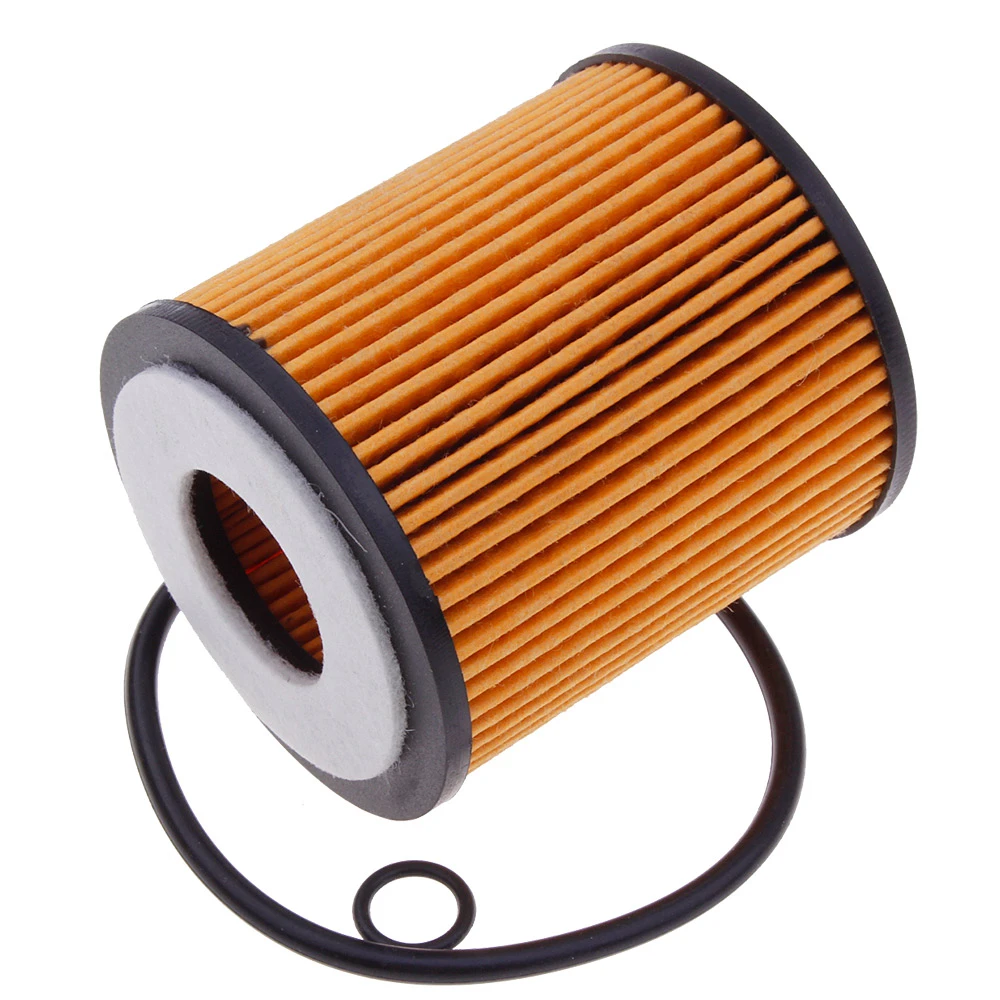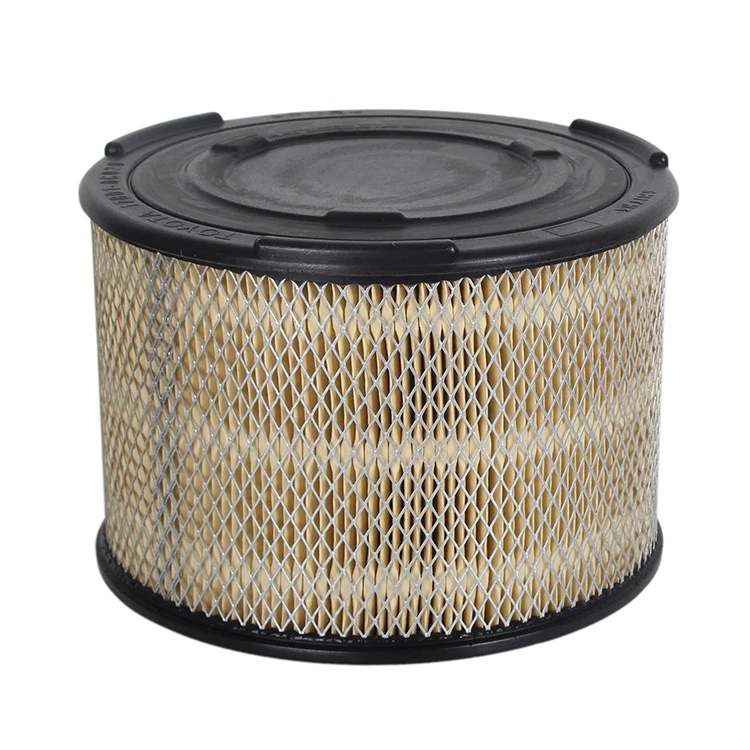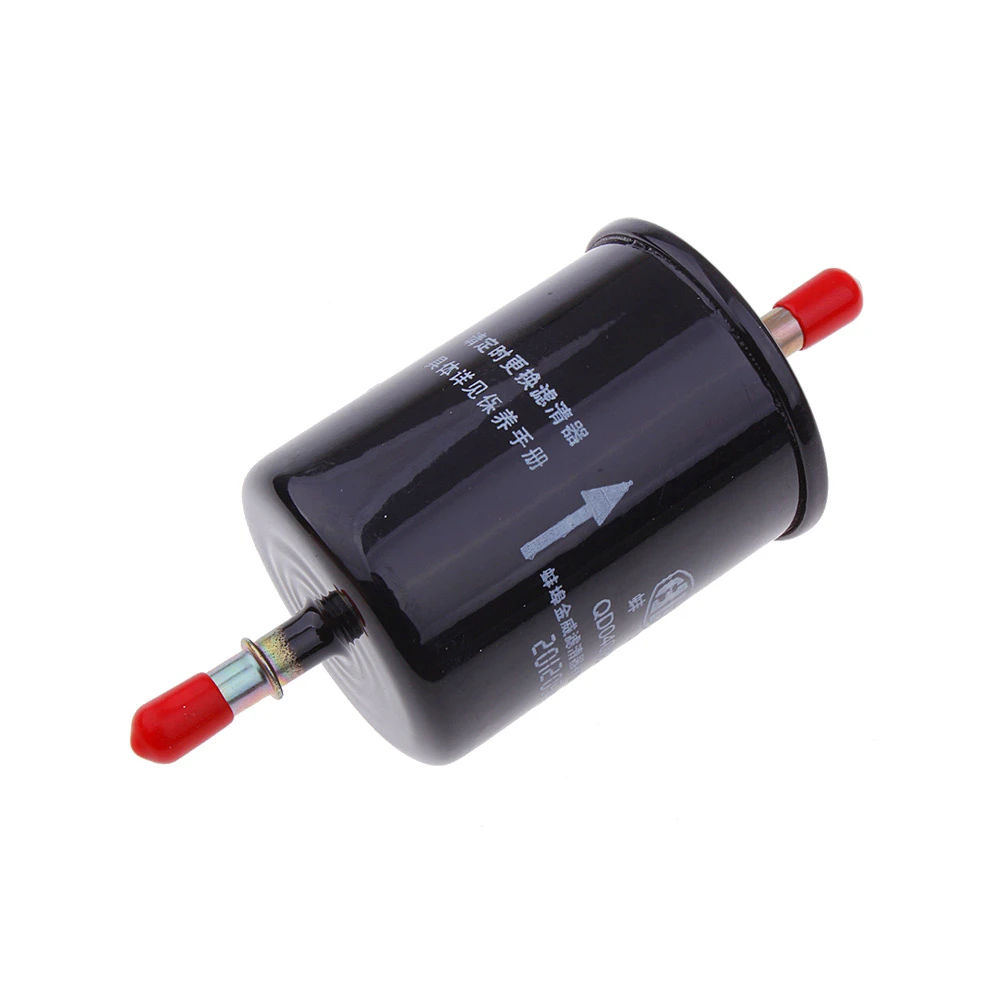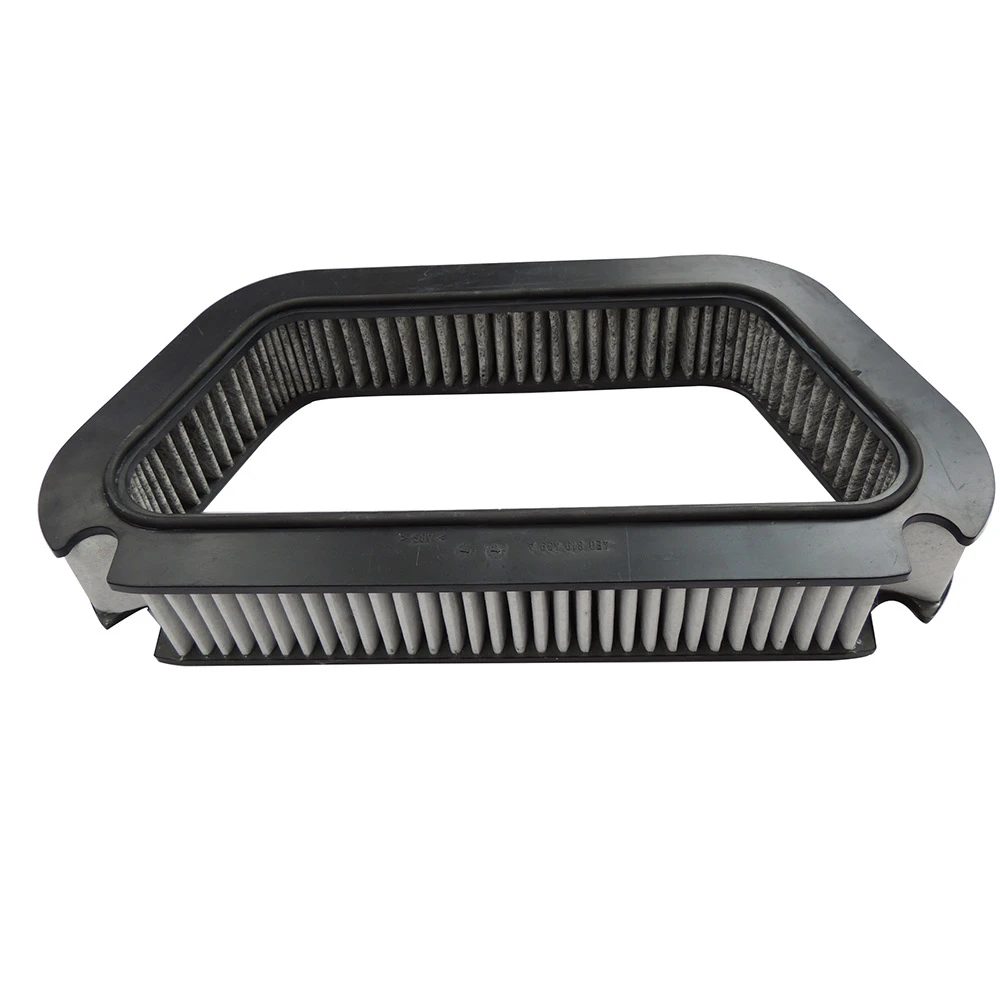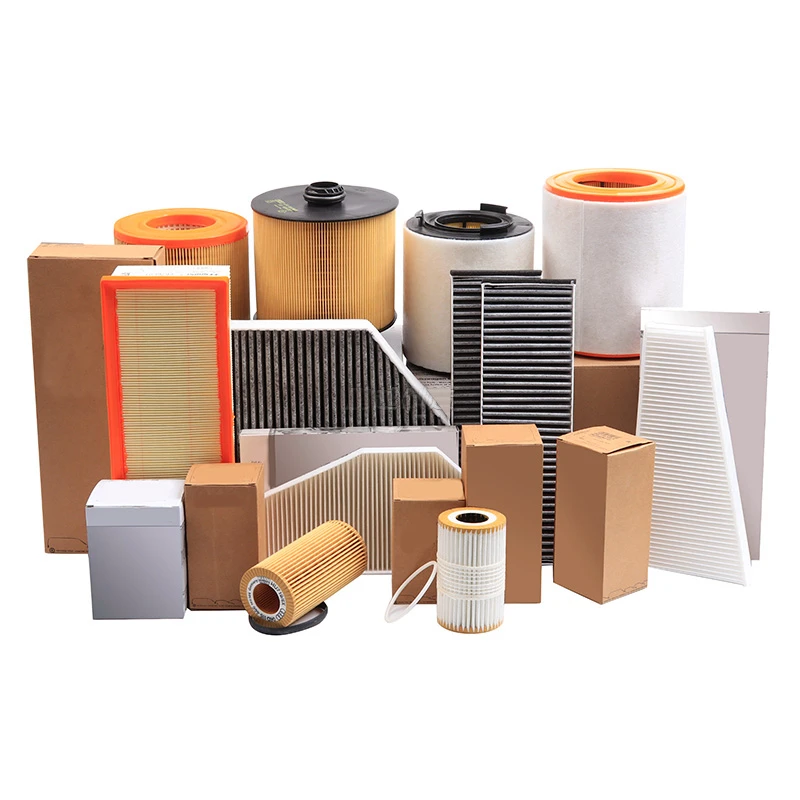
- The crucial relationship between air filters and engine protection
- Technical innovations in advanced filtration materials
- Performance comparison of leading air filter manufacturers
- Specialized engineering for different vehicle applications
- Documented case studies demonstrating efficiency improvements
- Practical maintenance schedules for optimal protection
- Signs indicating when replacement becomes necessary
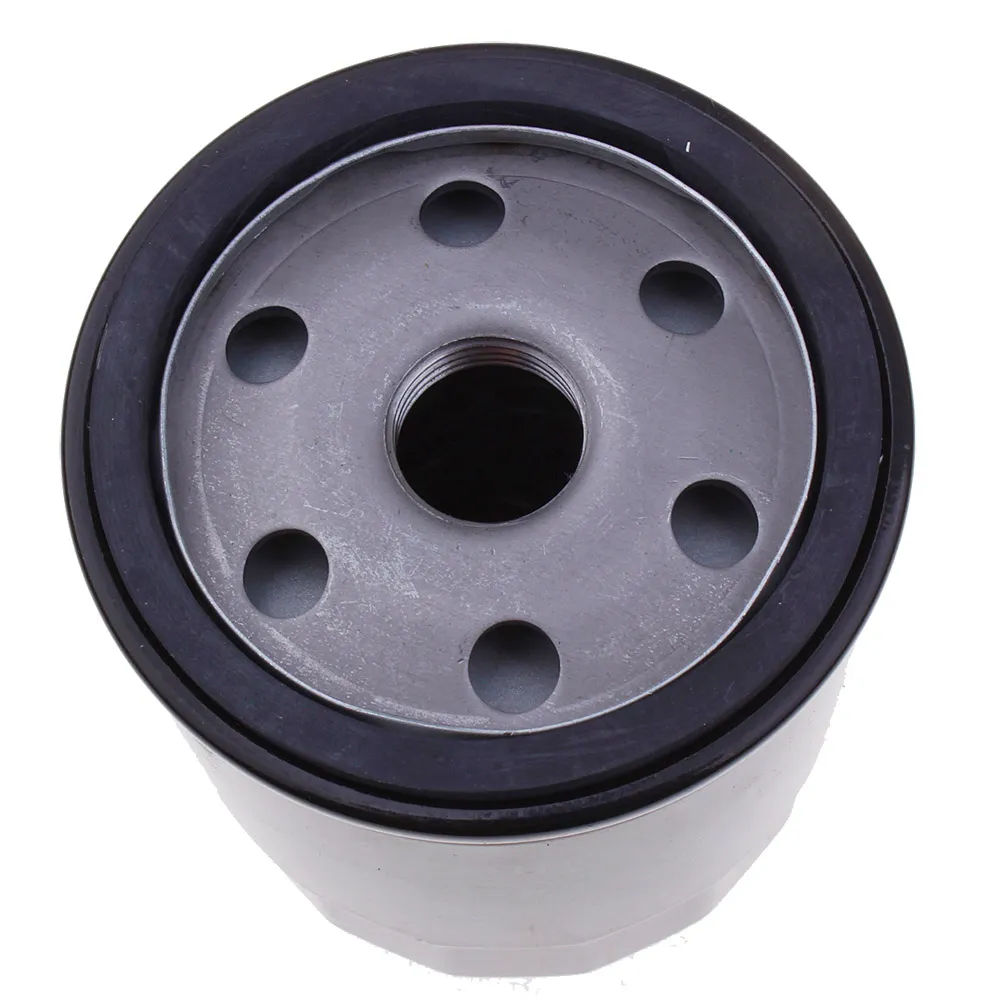
(air filter car use)
The Essential Role of an Air Filter in Your Vehicle
Internal combustion engines require approximately 10,000 liters of air for every liter of fuel burned. Without proper filtration, abrasive contaminants enter the engine compartment, causing microscopic damage to cylinder walls and piston rings. Industry research indicates that unfiltered air contains between 0.1-1.0 mg of particulate matter per cubic meter, with concentrations reaching 15-20 mg/m³ in off-road conditions. These impurities accelerate engine wear exponentially - a single gram of ingested dust can cause catastrophic damage to precision components.
Premium automotive air filters create a critical barrier, trapping particles as small as 5-10 microns before they enter the combustion chamber. Field tests demonstrate that engines equipped with high-efficiency filters maintain 98.7% compression efficiency after 120,000 kilometers versus 82.3% in unfiltered test vehicles. This protection translates directly to longevity: engines with quality filtration average 290,000 km before major service compared to 145,000 km in poorly filtered counterparts.
Technical Innovations in Modern Filtration Media
Contemporary air filters employ multilayer composite materials that combine depth loading and surface filtration principles. Cellulose-synthetic hybrid media features resin-impregnated fibers that capture particles throughout the material matrix rather than merely on the surface. This design increases particulate holding capacity by 40-60% while simultaneously reducing airflow restriction by 8-12% compared to conventional paper filters.
Nanofiber coatings represent the current technological frontier. A microscopically thin electrospun polymer layer applied to the filter media substrate captures ultrafine particles down to 0.3 microns with 99.5% efficiency while maintaining permeability for optimal airflow. These advanced filters maintain structural integrity at extreme temperatures from -40°C to 135°C and withstand humidity fluctuations up to 95% RH without performance degradation.
Performance Comparison of Market-Leading Manufacturers
| Brand | Efficiency Rating (%) | Airflow Restriction (in H2O) | Service Life (km) | Dirt Capacity (g) | Hydrophobic Properties |
|---|---|---|---|---|---|
| Premium Synthetic | 99.8 | 1.2-1.5 | 70,000 | 250 | Excellent |
| Bamboo Charcoal | 98.3 | 0.9-1.1 | 50,000 | 180 | Good |
| Cotton Gauze | 95.6 | 0.7-0.9 | Reusable | 120 | Poor |
| Standard Cellulose | 96.2 | 1.8-2.4 | 30,000 | 140 | Fair |
Requires cleaning every 15,000 km; values based on ISO 5011 standardized testing conditions
Engineering Solutions for Different Driving Scenarios
Urban commuter vehicles benefit most from high-efficiency nanofiber filters that capture brake dust particulates averaging 2-10 microns. These filters demonstrate a 22% improvement in particle retention over conventional filters in stop-and-go traffic simulations. Conversely, off-road applications require cyclonic pre-cleaners that remove up to 90% of debris before reaching the primary filter, significantly extending service intervals in dusty environments.
Performance vehicles demand specialized solutions: turbocharged engines utilize low-restriction filters with expanded pleat designs achieving just 0.8 inH₂O pressure drop at 400 CFM airflow. Some premium filters incorporate variable porosity sections – tighter pleat spacing near edges for sealing integrity and wider spacing in core flow areas to prevent turbulence. Motorsport variants include moisture-repellent coatings that maintain performance during high-humidity track conditions.
Documented Results from Professional Applications
Commercial fleet operators report measurable benefits after upgrading filtration systems. A logistics company operating 35 Sprinter vans in desert conditions documented a 39% reduction in unscheduled maintenance after installing specialized cyclonic air cleaners. Oil analysis at 15,000-km intervals showed silicon levels (indicating dirt contamination) dropped from 12-15 ppm to just 3-4 ppm.
Municipal snow removal vehicles equipped with extreme-duty filters demonstrated extended engine life in a Wisconsin-based trial. Filters with polyurethane gaskets maintained proper sealing during temperature swings from -30°C to 40°C that caused traditional rubber-sealed filters to fail. The improved filtration resulted in 28% lower particulate levels in engine oil after 500 operation hours compared to standard equipment.
Implementing Effective Air Filter Maintenance Protocols
Manufacturers universally recommend replacement intervals between 24,000-48,000 km based on vehicle specifications. However, environmental factors dramatically impact service life:
- Urban vehicles require every 16,000-24,000 km
- Desert operations necessitate every 8,000-12,000 km
- Agricultural equipment needs after every 300-500 operational hours
Recognizing Critical Air Filter Replacement Indicators
Seven measurable signs indicate an air filter requires immediate replacement: fuel efficiency dropping over 12% from baseline, observable particulate accumulation in throttle bodies, unusual induction noises indicating turbulent airflow, or engine misfire diagnostics revealing lean mixture codes. Technicians measure restriction levels using manometers - readings exceeding manufacturer specifications by 5-8 inH₂O warrant immediate replacement.
Neglecting replacement creates cascading failures: restricted airflow elevates combustion temperatures by up to 110°C and forces the mass airflow sensor to compensate improperly. These conditions increase hydrocarbon emissions by a verified 37% and reduce catalytic converter efficiency by 29% according to emissions testing data. Proactive replacement at indicated intervals provides statistically significant protection against these issues, preserving engine performance and reducing lifetime operational costs.
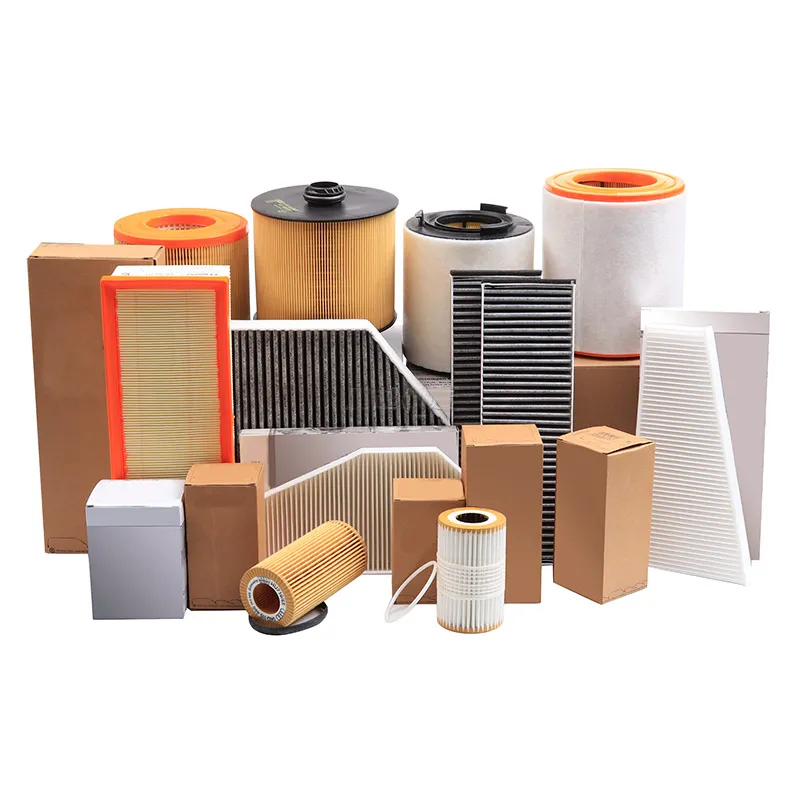
(air filter car use)
FAQS on air filter car use
以下是根据您的要求,围绕核心关键词“air filter car use”及其相关词创建的5组英文FAQs。每个FAQ包括一个问题(使用H3标签)和一个回答(以A:开头),问题和回答均控制在三个句子以内。内容以HTML富文本形式返回:Q: Why is the use of an air filter in a car important?
A: The air filter protects the engine by trapping dust and pollutants. Proper use improves airflow for efficient combustion. This extends engine life and boosts overall performance.
Q: How often should I replace the air filter for car use?
A: Replace it every 12,000 to 15,000 miles or as per your car manual. Regular replacement ensures optimal airflow and fuel efficiency. Ignoring this can cause engine damage over time.
Q: What benefits come from air filter use in car maintenance?
A: It prevents contaminants from entering the engine, reducing wear. Proper filtration enhances fuel economy and lowers emissions. This simple step saves money on repairs and extends vehicle longevity.
Q: Can I clean an air filter instead of replacing it for car use?
A: Only reusable types can be cleaned; most are disposable. Cleaning requires specific methods to avoid damage. Always check the manufacturer guidelines to ensure safety.
Q: What happens if I skip air filter car use in my vehicle?
A: Contaminants can clog the engine, reducing power and fuel efficiency. This leads to higher emissions and potential breakdowns. Regular use is crucial to avoid costly repairs.
-
Vehicle Performance with Premium Car Filter SolutionsNewsJul.02,2025
-
Upgrade Engine Performance with Timely Air Filter MaintenanceNewsJul.02,2025
-
Optimize Vehicle Health with Timely Air Filter ReplacementNewsJul.02,2025
-
Every Drive with Next-Level Car Filtration SystemsNewsJul.02,2025
-
Driving Comfort with Advanced Air Filtration SystemsNewsJul.02,2025
-
Cleaner with Next-Generation Automotive Air FiltrationNewsJul.02,2025
-
The Importance of Cabin Filter and Engine Filter: The Role and Maintenance of Cabin Filter and Engine FilterNewsJun.25,2025
Related Products
